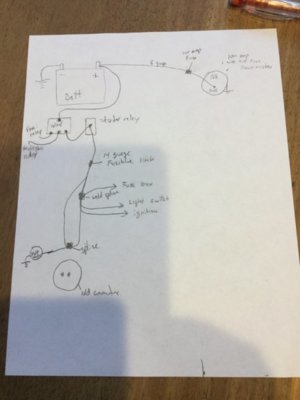Nacho-RT74
Well-Known Member
- Local time
- 11:33 AM
- Joined
- Oct 8, 2012
- Messages
- 6,080
- Reaction score
- 2,510
- Location
- Valencia, España
If you read the causes will understand. The fail you got IS NOT because the ammeter. Not at least per the ammeter by itself, but some other parts underrated ( being the alt as the first underrated device )
STOP blamming the ammeter ( which is not the real cause ) if you don't understand how it works the system.
STOP blamming the ammeter ( which is not the real cause ) if you don't understand how it works the system.
Last edited:

















